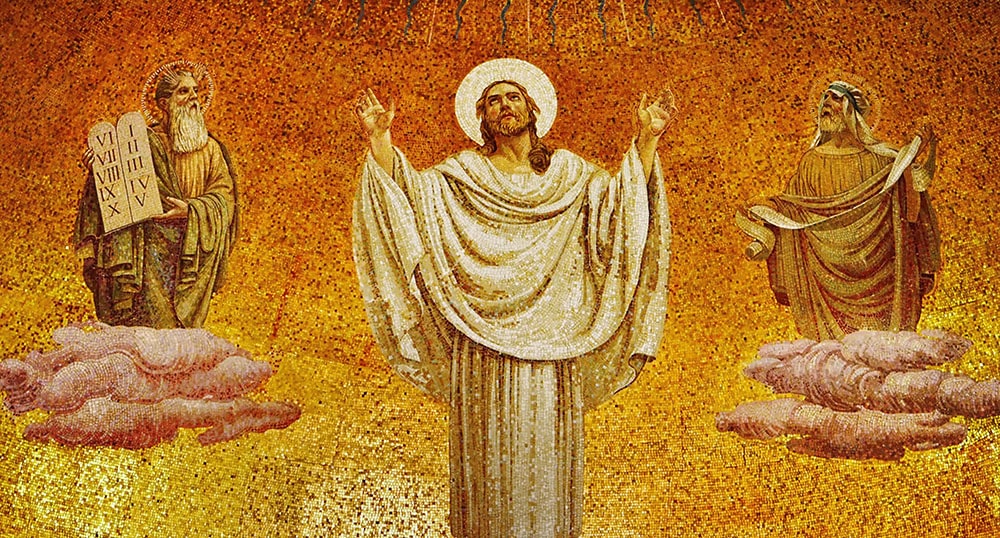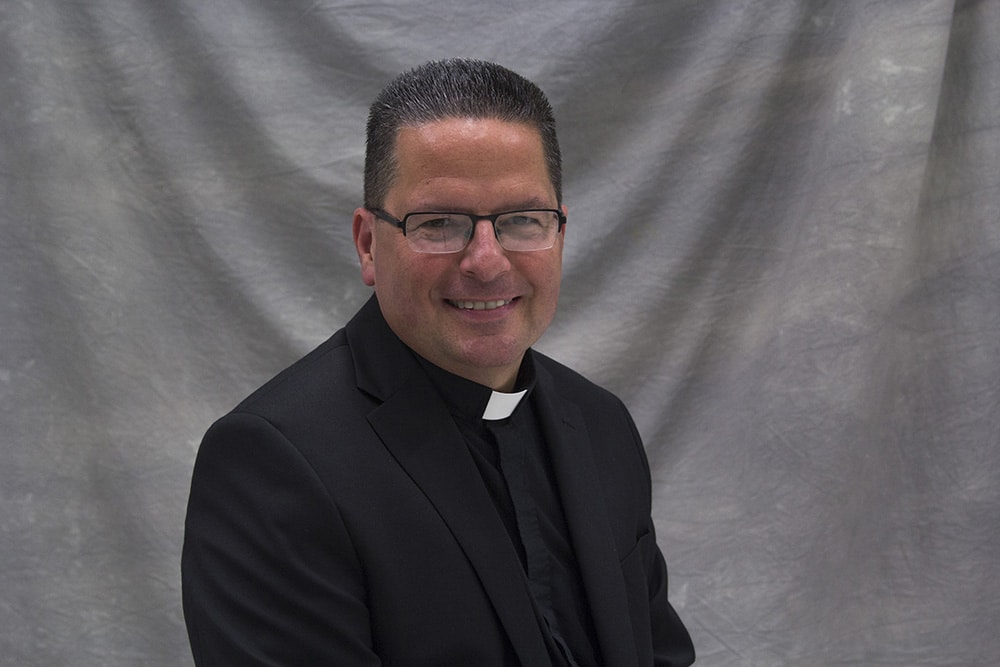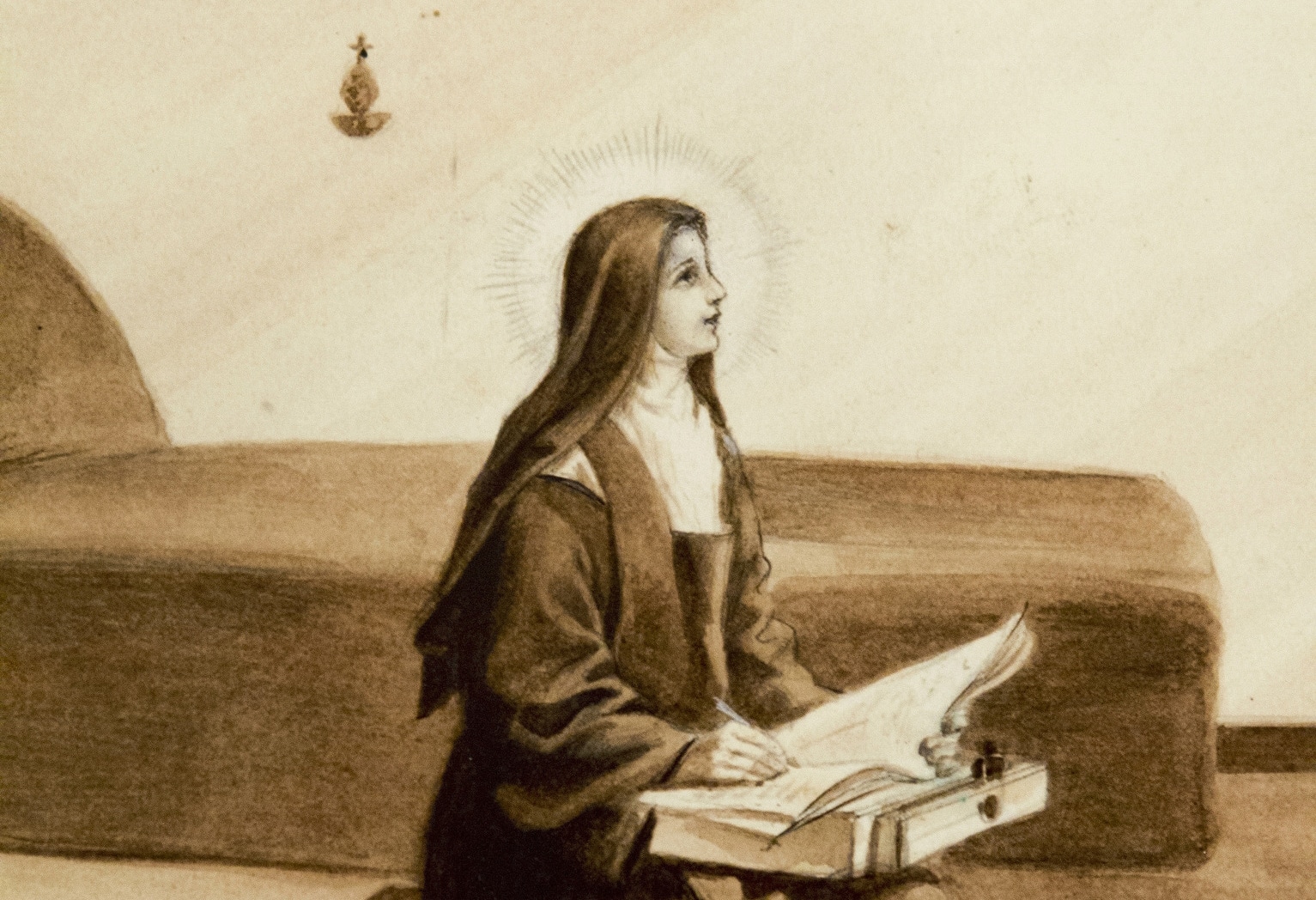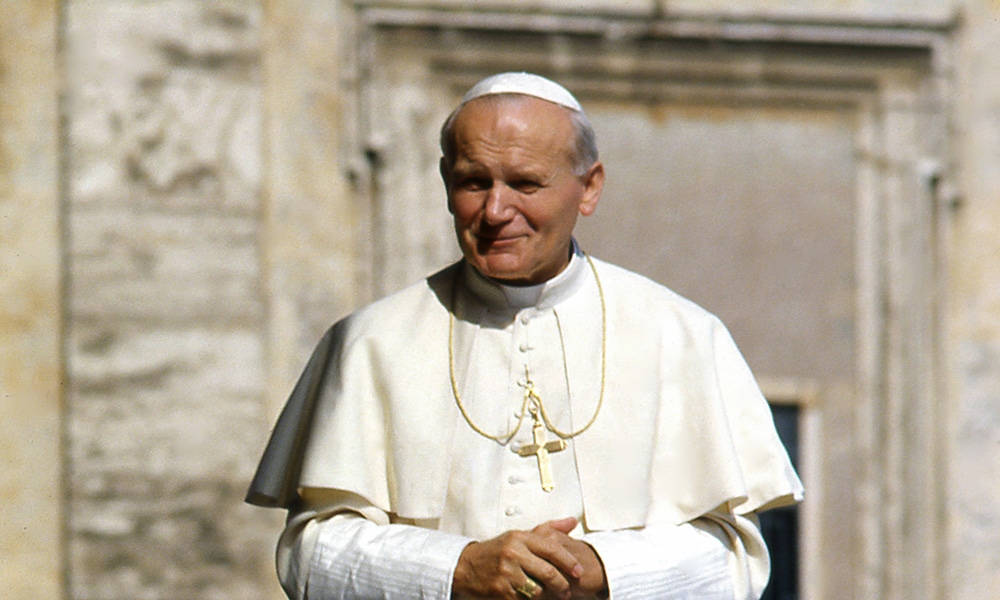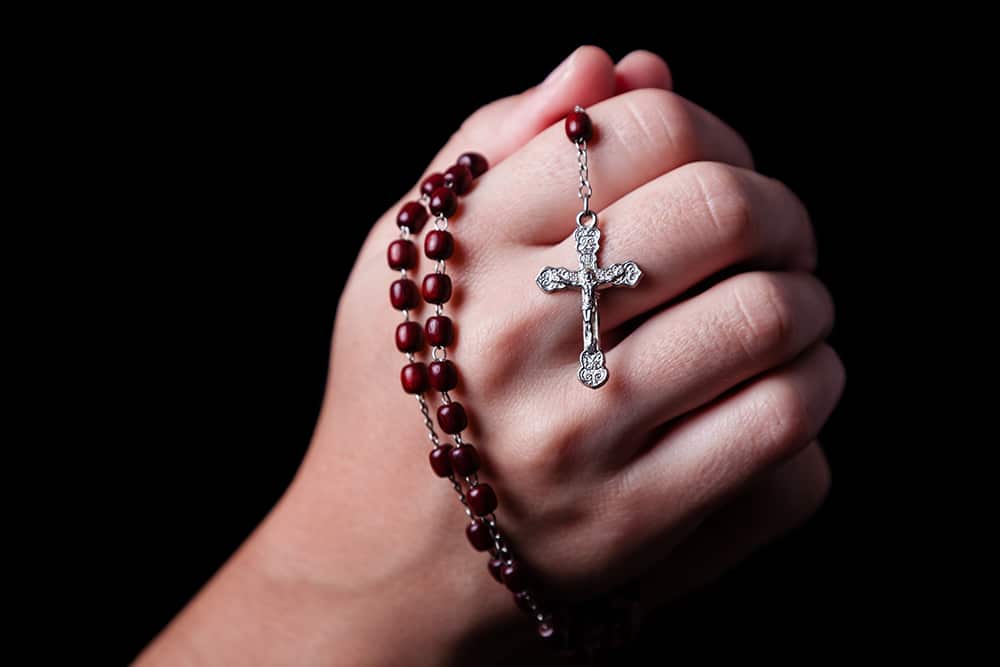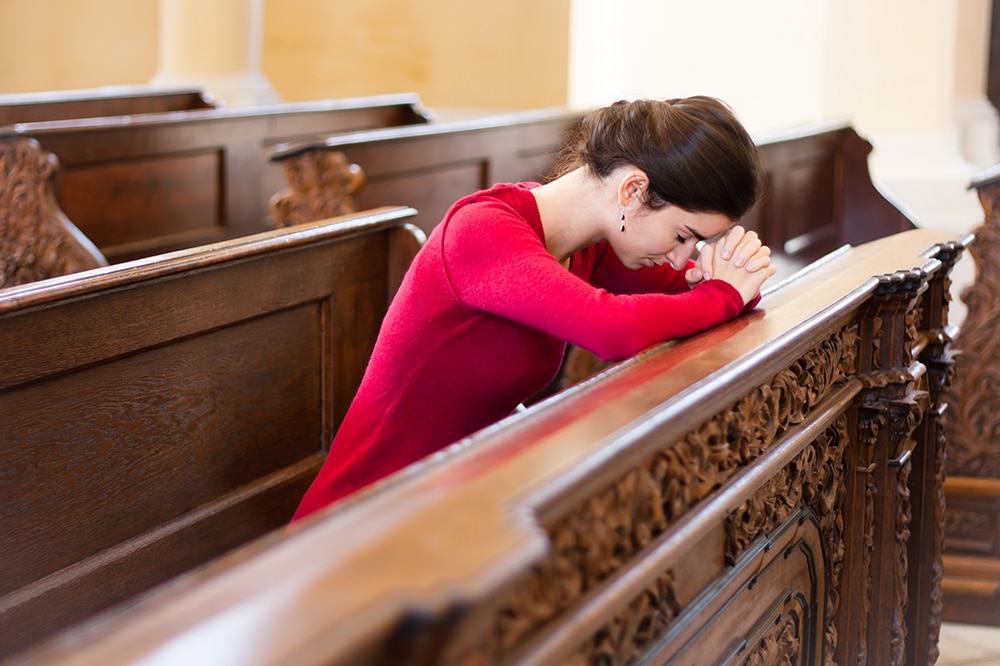 Question: In trying to understand the Assumption of Mary, I discovered that the Church teaches that Mary died. I had thought she went to heaven like Elijah. Did Elijah die? And how about Moses? Did he die and later was assumed into heaven. Jesus is conversing with Elijah and Moses in the Transfiguration, so then wouldn’t they both have to be in heaven, as this happened before Jesus descended to the dead?
Question: In trying to understand the Assumption of Mary, I discovered that the Church teaches that Mary died. I had thought she went to heaven like Elijah. Did Elijah die? And how about Moses? Did he die and later was assumed into heaven. Jesus is conversing with Elijah and Moses in the Transfiguration, so then wouldn’t they both have to be in heaven, as this happened before Jesus descended to the dead?
— Sharon Hart, Longmeadow, Massachusetts
Answer: Lets begin with Enoch, Moses and Elijah. Scriptures imply that Enoch was taken up in Genesis: “Enoch walked with God, and he was no longer here, for God took him” (5:24). While the Genesis text is vague, the Book of Hebrews is more specific: “By faith Enoch was taken up so that he should not see death, and ‘he was found no more because God had taken him.’ Before he was taken up, he was attested to have pleased God” (Heb 11:5). Although the text says that Enoch “did not see death,” St. Paul teaches that death comes to all, because all have sinned (cf. Rom 5:12). So Enoch somehow died to this world, even if in a way mysteriously different as the text seems to imply.
As for Moses, while there are sources outside the Bible that say he was assumed, Scripture is more vague: “So there, in the land of Moab, Moses, the servant of the Lord, died as the Lord had said; and he was buried in a valley in the land of Moab, opposite Beth-peor; to this day no one knows the place of his burial” (Dt 34:5-6). In the Letter of Jude (cf. 1:9) it is also said the archangel Michael disputed with the devil over the body of Moses. So it is possible that his body was taken up at some point after his death. And this receives some confirmation, as you note, in the fact that Moses and Elijah appear with Christ on the Mount of Transfiguration.
Regarding Elijah, Scripture says of him: “As they walked on still conversing, a fiery chariot and fiery horses came between the two of them, and Elijah went up to heaven in a whirlwind” (2 Kgs 2:11). There is no mention of him dying, though we cannot be sure but the same concern that applied to Enoch above must also apply here: Elijah died to this world in some way even as he was taken up in a mysterious way.
But exactly where were they taken? Though it is said Elijah was taken to heaven, it may not have been the third heavens where God dwells in all glory. Regarding that heaven, Jesus says, “No one has gone up to heaven except the one who has come down from heaven, the Son of Man” (Jn 3:13). Only later through his passion, death and resurrection did Christ open the way to the third heavens where God dwells. Hence we are safest in presuming that when these three were bodily taken “up” or to “heaven,” it was a place of special abode near God, but not the third heavens of God. This, of course, changed when Christ opened that heaven, and we can safely assume Enoch, Elijah and Moses are there now.
As for Mary, it is the common teaching of the Church that Mary did die. All the Church Fathers teach this as well as most later theologians such as St. Thomas Aquinas, who reasoned that since our Blessed Mother is everywhere seen as sharing in her son’s way of the cross, she would have chosen to die. This was not a punishment due to sin for her, who was sinless, but manifests a desire to be conformed to her son who died and was also sinless. At some point shortly afterward, her body was taken up to heaven, glorified and rejoined to her soul.
Vestments
Question: The young priest at my parish wears a short stole on his left sleeve. I forgot what he told me it was called. But no other priests wear this. Can you explain this?
— Name withheld
Answer: It is called a maniple. Historically priests carried a handkerchief tucked in the sleeve to mop their brow if necessary. Over time this became stylized as the stole-like garment you saw, and it came to symbolize the weeping and sorrow of Christ in which the priest is called to share. Most priests discontinued its use after 1970 since it was no longer required. It may be worn however, and many younger priests are reviving traditions such as these.
Msgr. Charles Pope is the pastor of Holy Comforter-St. Cyprian in Washington, D.C., and writes for the Archdiocese of Washington, D.C. at blog.adw.org. Send questions to msgrpope@osv.com.

